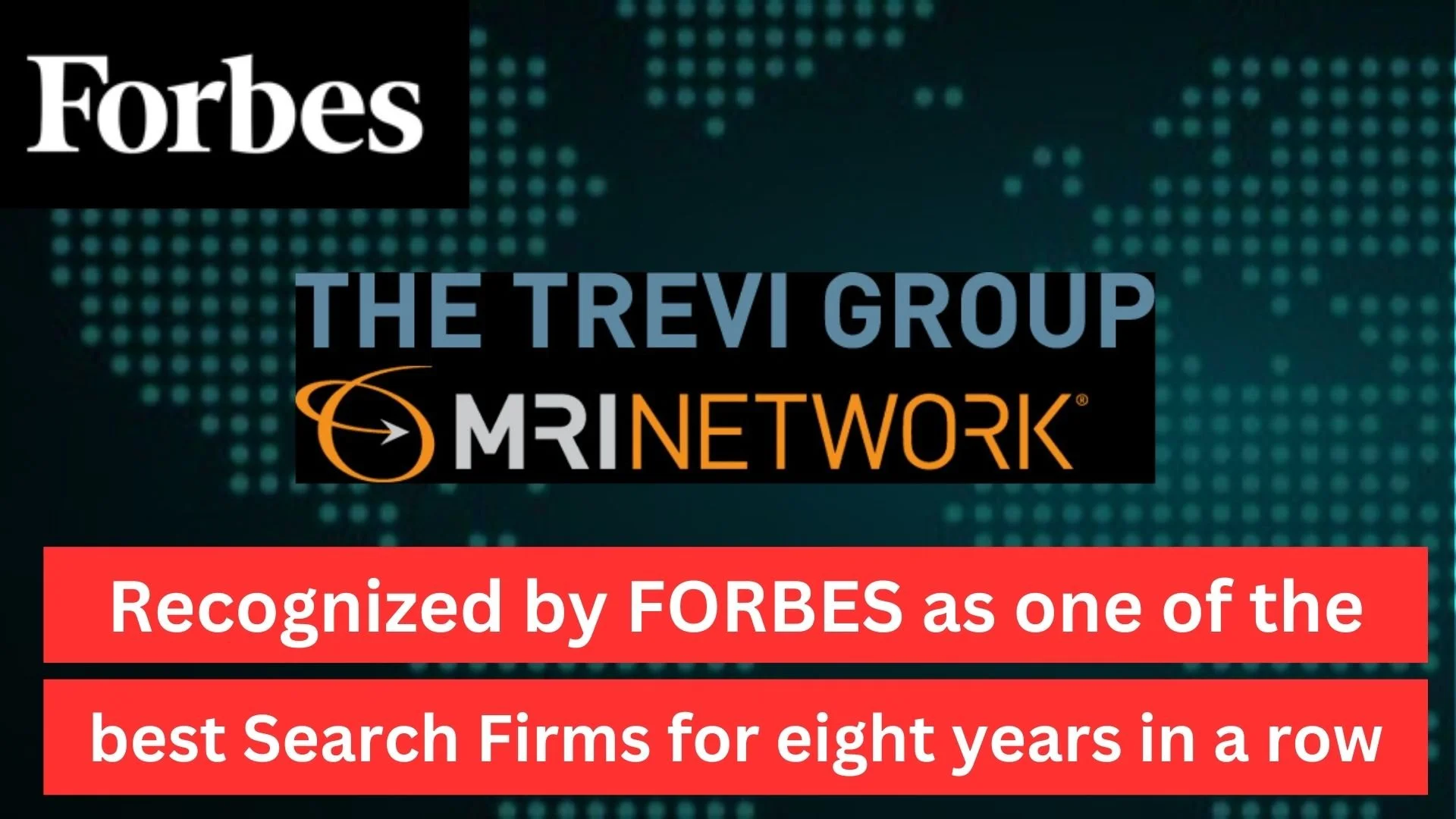Key Skills Every Cloud Architect Needs in 2025
/The role of a Cloud Architect is evolving rapidly, and 2025 is shaping up to be a defining year. As businesses increasingly rely on cloud technologies, the demand for professionals who can design, manage, and secure scalable cloud environments is skyrocketing. But it's no longer just about knowing how to migrate workloads. Today's Cloud Architects must wear multiple hats—from strategist and engineer to security expert and cost optimizer.
Whether you're an aspiring Cloud Architect or already working in the field, here are the key skills that will set you apart in 2025.
1. Multicloud Expertise Is a Must
Gone are the days when companies relied on a single cloud provider. In 2025, multicloud is not just a trend—it’s the norm. Organizations are increasingly deploying workloads across AWS, Azure, and Google Cloud to avoid vendor lock-in and ensure better resilience. Cloud Architects must understand the nuances of each platform, how they integrate, and how to manage them efficiently under one umbrella.
2. Proficiency in Cloud-Native Technologies
Cloud-native is the heartbeat of modern architecture. Tools like Kubernetes, Docker, Istio, and serverless platforms (e.g., AWS Lambda, Azure Functions) are now integral. A successful Cloud Architect must know how to design systems that leverage microservices, containers, and API-driven environments to achieve scalability and optimal performance.
3. Security-First Mindset
Security remains one of the biggest concerns in the cloud. As cyber threats evolve, Cloud Architects must go beyond basic IAM policies. In 2025, they will require a deep understanding of zero-trust architecture, encryption standards, compliance frameworks such as HIPAA, GDPR, and SOC 2, as well asd automated security controls. Building resilient systems starts with secure design.
4. Automation and Infrastructure as Code (IaC)
Manual configurations are out; automation is in. Tools like Terraform, AWS CloudFormation, Pulumi, and Ansible are crucial for building repeatable and consistent infrastructure. Cloud Architects must master Infrastructure as Code to accelerate deployments, minimize errors, and ensure disaster recovery readiness.
5. Data-Driven Architecture
Data is the backbone of digital transformation. Cloud Architects are expected to design systems that not only store and process large volumes of data but also make it actionable. Familiarity with cloud data warehouses (e.g., Snowflake, BigQuery), data lakes, and analytics tools (like Power BI, Looker) will be a strong asset.
6. AI and Machine Learning Integration
AI and ML are no longer buzzwords—they’re business imperatives. Architects need to design platforms that support model training, deployment, and scalability. Knowledge of cloud-based AI/ML tools such as Amazon SageMaker, Azure ML, and Vertex AI will help architects align cloud infrastructure with innovation strategies.
7. Strong Communication and Collaboration Skills
Cloud Architects often bridge the gap between technical teams and business stakeholders. They must explain complex ideas in simple terms, collaborate with DevOps teams, and align cloud strategy with business goals. Communication and leadership are just as crucial as technical chops in this role.
8. Cost Optimization and FinOps Knowledge
Cloud costs can spiral out of control without proper oversight and management. In 2025, Cloud Architects are expected to design systems that are not only powerful but also cost-efficient. FinOps, the practice of managing cloud spending, has become essential. Understanding pricing models, resource utilization, and budget alerts is now part of the job.
9. Resilience and Disaster Recovery Planning
Downtime is expensive. Cloud Architects must plan for worst-case scenarios—whether it’s regional outages, security breaches, or misconfigurations. Skills in designing highly available systems, utilizing multiple availability zones, implementing backup strategies, and employing automated failover mechanisms are non-negotiable.
10. Continuous Learning and Adaptability
Finally, perhaps the most critical skill of all—adaptability. The cloud landscape evolves almost weekly. Staying current with certifications, attending webinars, engaging in community discussions, and experimenting with new tools are habits of top-performing Cloud Architects.
Final Thoughts
In 2025, being a Cloud Architect means more than just understanding the cloud. It requires a strategic mindset, cross-disciplinary skills, and a relentless commitment to staying ahead of the curve. As cloud becomes the foundation of every digital transformation journey, the architects who build it must be visionaries—blending technology, security, efficiency, and business acumen into everything they design.
The Trevi Group | “Executive Search for Technology Professionals” | www.TheTreviGroup.com
#thetrevigroup #cloud #cloudarchitect #gcp #aws #azure #cloudengineer #recruitingtrends #informationtechnology #employmenttrends #jobmarket #hiringtrends





















